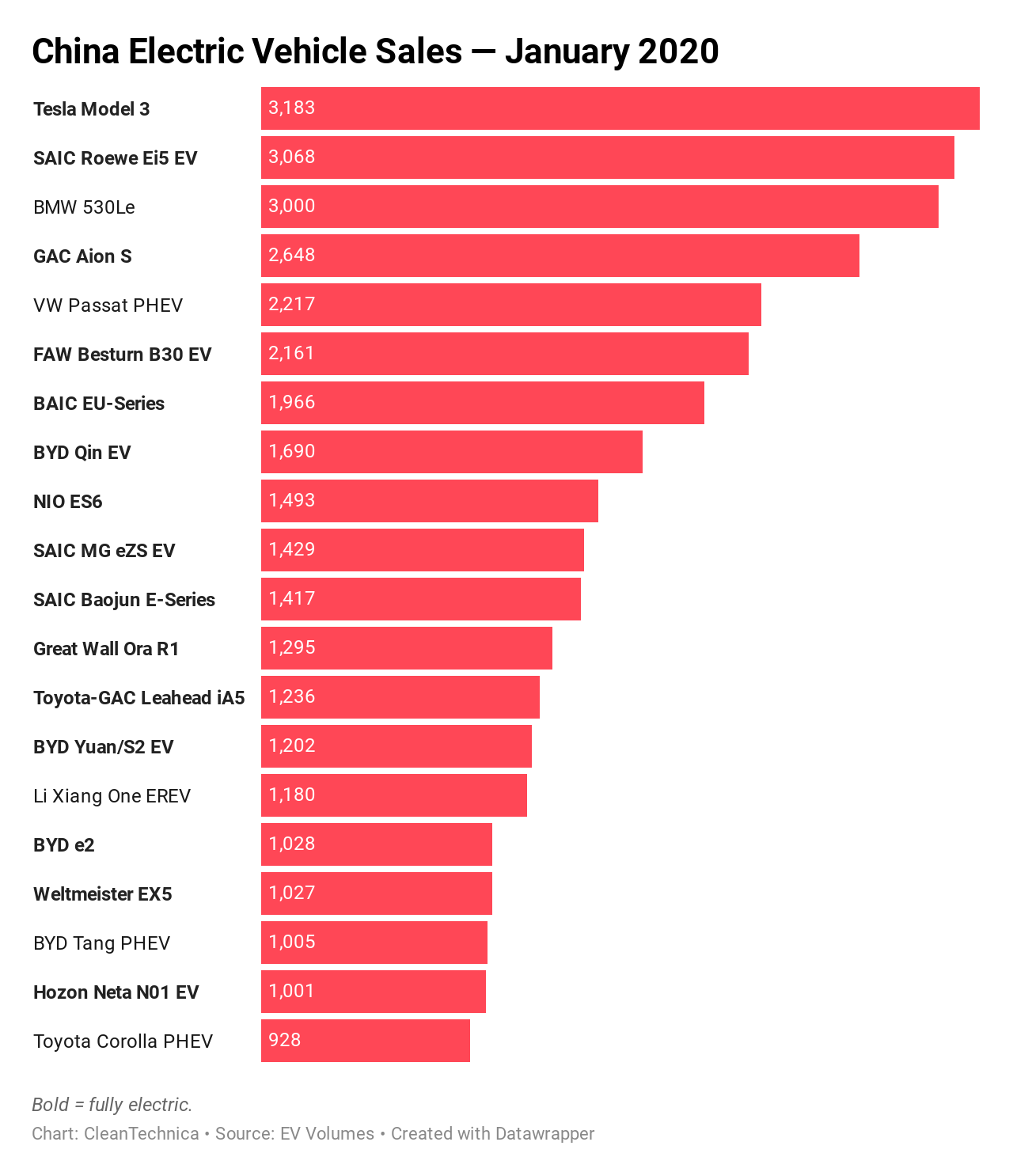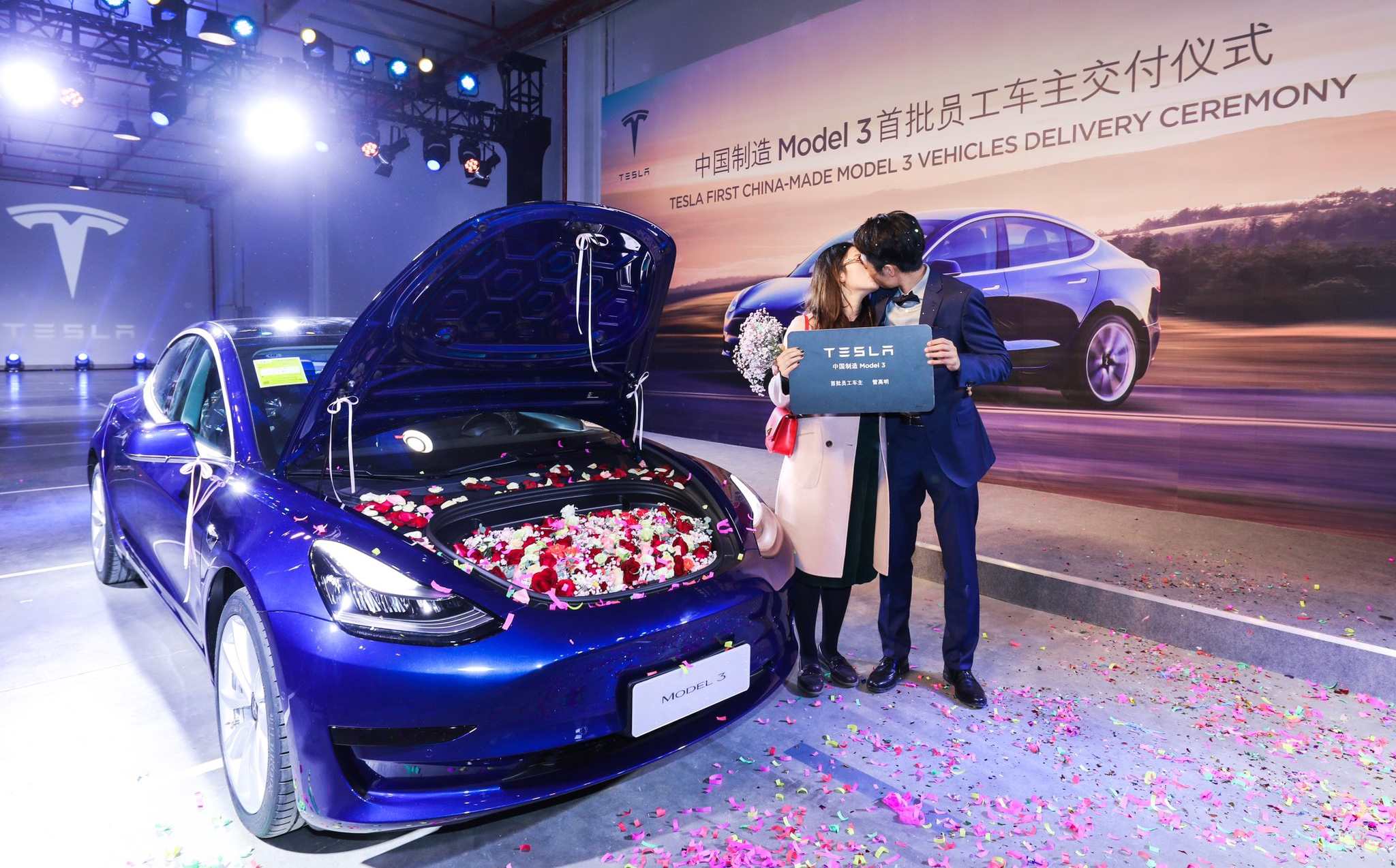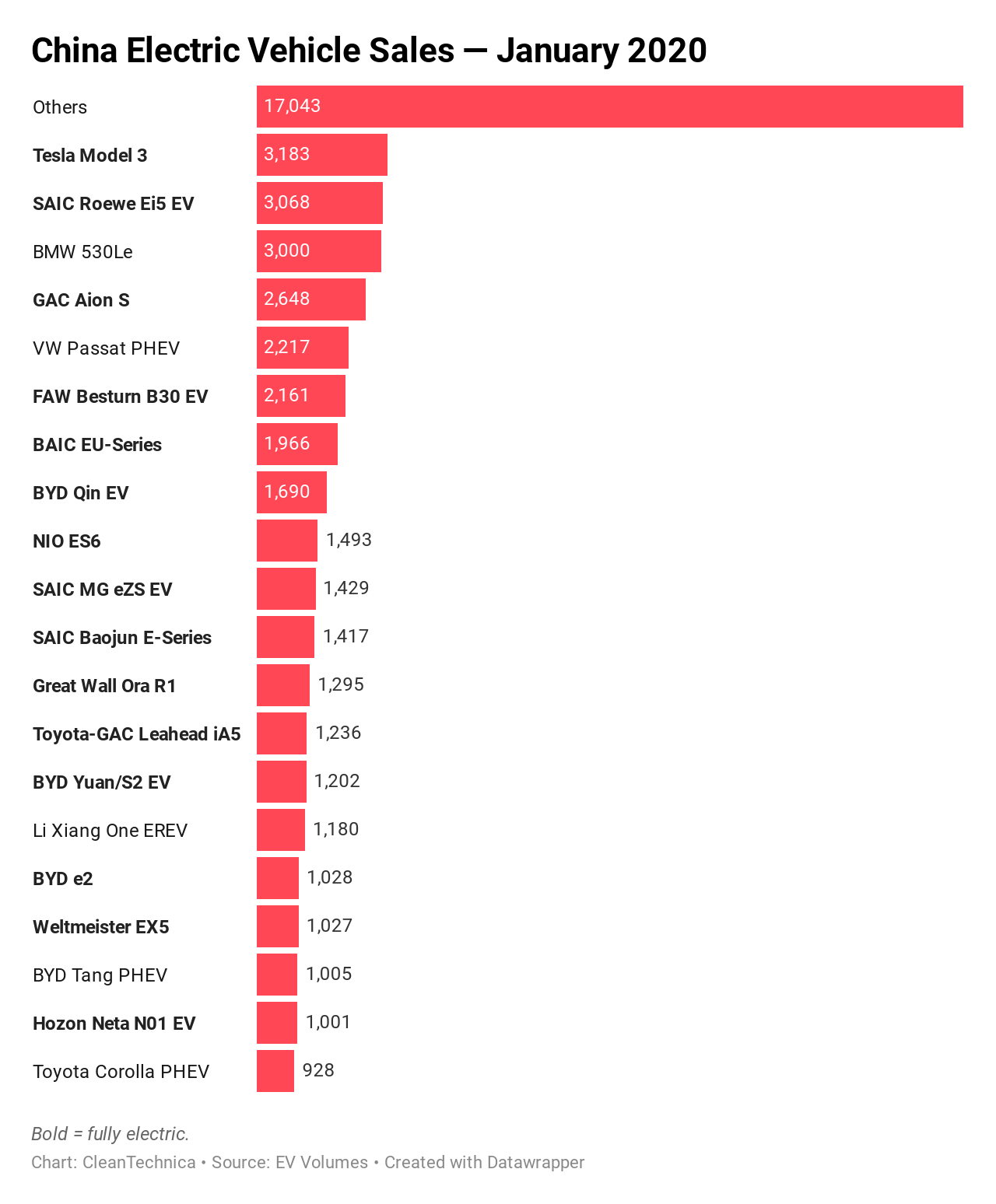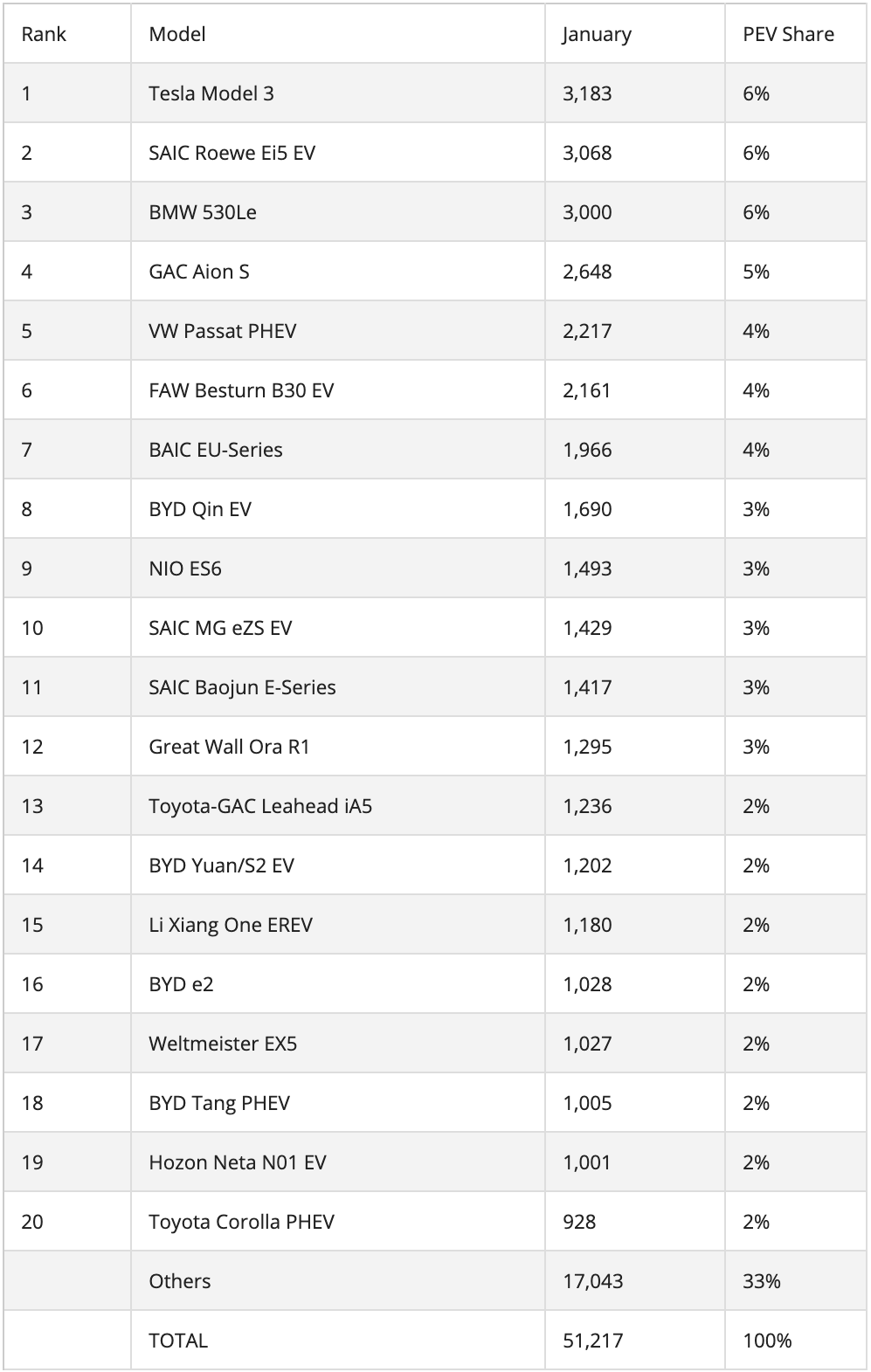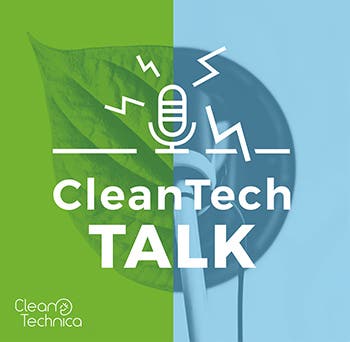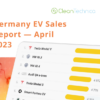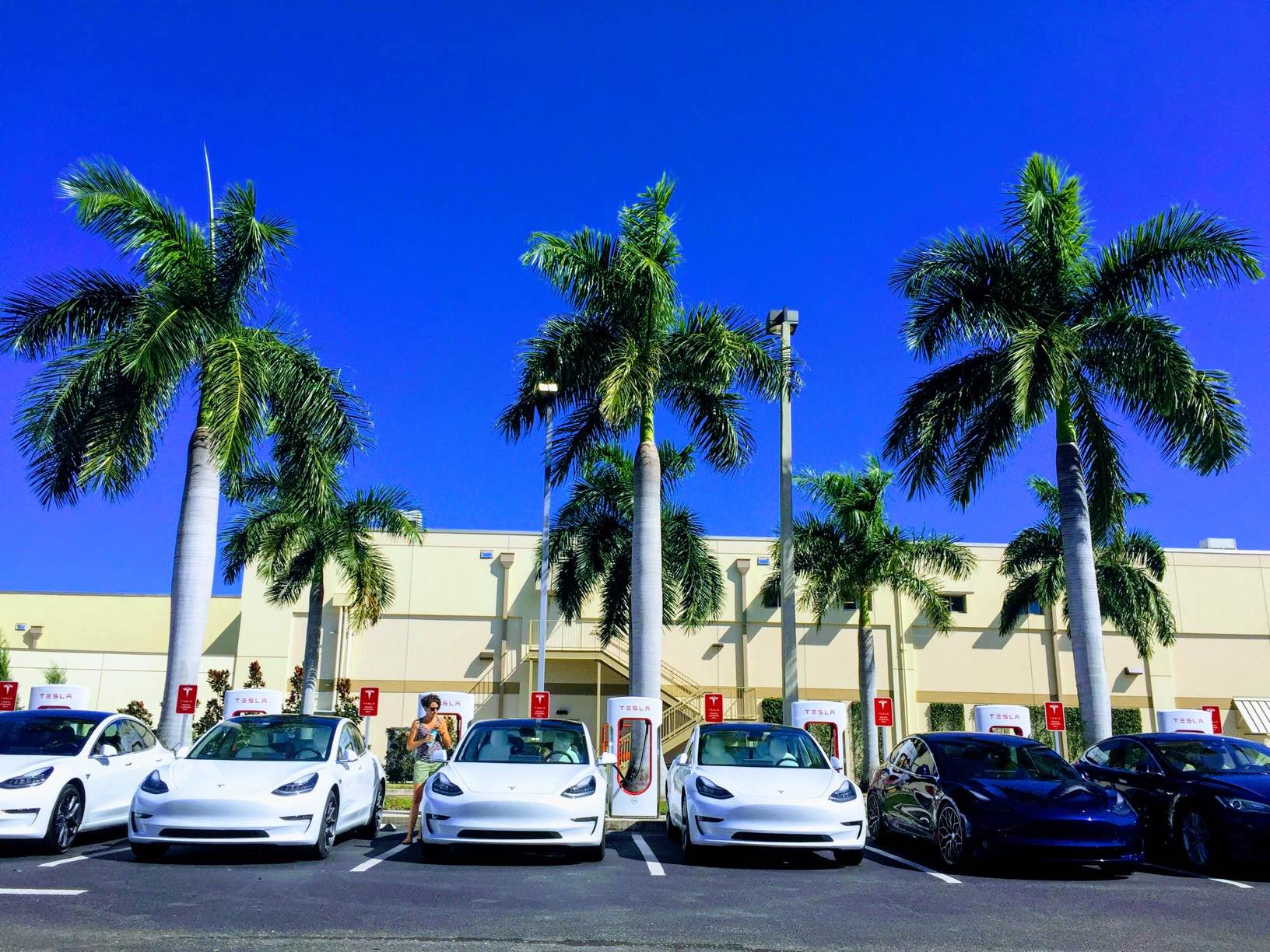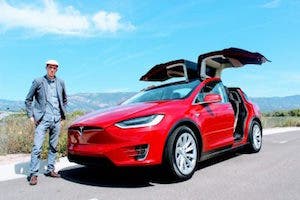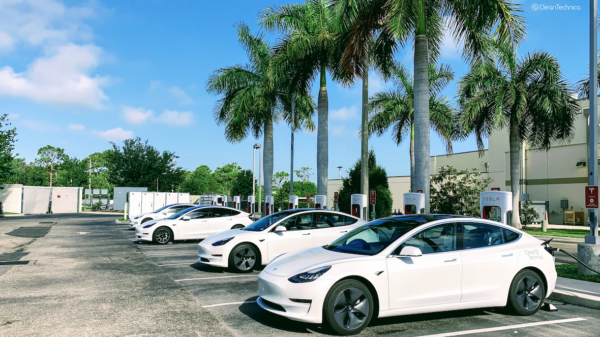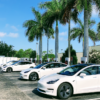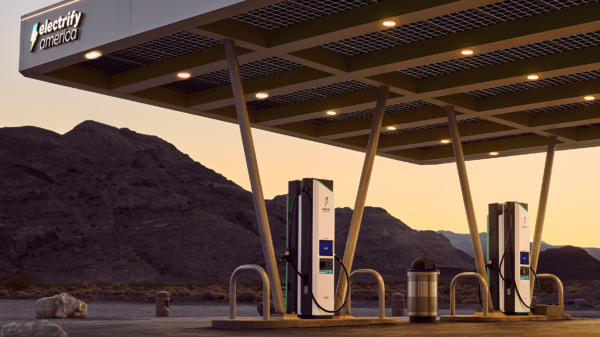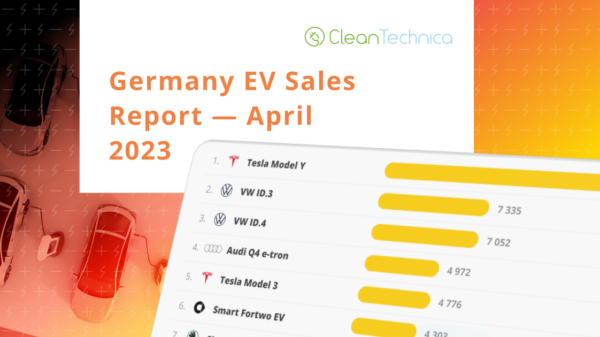
After the December sales peak, January signaled an expected sales hangover in China, but with some 49,000 passenger plug-in electric vehicles (PEVs), the numbers were worse than expected, as sales fell 50% year over year (YoY).
While it is true that January had fewer selling days, because the Chinese New Year this time happened in that month, and the Coronavirus could have started to make itself felt in the second half of the month, the fact is that both events also hit the regular automotive market, and yet the overall market saw its registrations drop “just“ 22%.
As a consequence of this, the PEV share started the year at 3.2% (2.3% fully electric, or BEV), a step below the 5.5% of 2019, but we hope that after all the doom and gloom currently happening there, the second half of the year witnesses a return to growth in China.
In January, Chinese OEMs represented roughly 64% of all PEVs registered, a significant drop, especially considering that in 2019 they had around 85% of the market.
So, as it wasn’t enough for local OEMs the fact that plugin sales were dropping by half, they also saw their grip on the native market being lost, in favor of foreign brands (like Tesla).
In January, plug-in hybrids (PHEVs) performed better less worse (-28% YoY) than pure electric models (-56%), allowing them to recover some relevance in the market. They represented 29% of sales, up 9% compared to 2019.
Proving that foreign models are weathering the storm better than local brands, for the first time, we have three foreigners in the top 5, and the Tesla Model 3 even managed to win the January Best Seller trophy, a first for a foreign model in China.
Here are January’s top 5 best selling models:
#1 — Tesla Model 3
The poster-child for electric mobility delivered 3,183 units (including 578 imports), winning its first monthly best seller title, a first for any foreign model here. And while it’s not (yet) the disruptive result that many expect from the Tesla sedan, let’s remember it was still the first full month of the Made-in-China Model 3, so the sporty silhouette of the Model 3 should become a common sighting on Chinese streets soon.
#2 — SAIC Roewe Ei5
This model was something of a shot in the dark for Shanghai Auto, as station wagons aren’t common in China, but it has paid off, as the nameplate became the 2nd best selling plug-in from SAIC’s stable last year, and now in 2020 the compact wagon came close to winning its first monthly best seller award, losing only to the Tesla midsizer by 115 units. Still, with 3,068 units, that was its best performance since June or, as it now starting to be known, BSC (Before the Subsidies Change). Based on the GM platform Delta II (think Chevrolet Cruze, Opel Astra, or Buick Velite 6), the Chinese wagon profits from quality design and a unique body. SAIC is now said to be preparing its introduction in Europe later in the year, as an MG. I am sure many wagon-lovers will buy it.
#3 — BMW 530Le
The rise and rise of BMW’s luxury sedan in China is impressive in more than one way — first, there’s a steady increase in demand, regardless of the surrounding depressing environment, and second, the full-size sedan is running in one of the top positions amidst much cheaper models (the 2nd best selling full-size model, the Li Xiang One, had a third of its sales). Winning its first podium position last month (which means that for the first time we have two foreigners on the podium), with 3,000 units, the Bimmer sedan continues to thrive even without access to subsidies. (Then again, let’s face it, subsidies for cars at this price level don’t really make that much of a difference — the owners just use the money for some nicer alloys or optional creature comforts.) So, the undisputed leader in the luxury category should continue selling around 3,000 units per month, which is well above its direct competitors, which are happy to reach 1,000 units in one month.
#4 — GAC Aion S
Things continue to go well for the Aion S, with the sleek sedan securing another top 5 presence, thanks to 2,648 units delivered. And before the GAC fans out there (“Everybody from Guangzhou, put your hands up, put your hands up…”) mention the Toyota iA5, I should remember y’all that if we count the badge-engineered Toyota sedan for the Aion S tally (since it is just an “S” with a Toyota badge), then GAC’s Model 3–inspired sedan would have been January’s best seller.
#5 — VW Passat PHEV
First of all, a disclosure: this moniker includes two different plug-in hybrid models, both named “Passat.” Confused? Let me explain. The Made-in-China Passat, which is based on, but not the same as, the larger US-made VW Passat, has a PHEV version that wins most sales of the moniker. But Volkswagen also imports directly from Germany to China the slightly smaller VW Passat GTE, which Europeans are used to seeing on their streets, adding a few hundreds units to the tally. Now that we have this out of the way, the German moniker had 2,217 units, confirming its role as the bread and butter model for the brand, at least until the MEB-based models arrive.
Outside the top 5, and even in the midst of the current dark scenery, there are a few rays of light, like the good behavior of local EV startups, with 4 representatives in the top 20 — the NIO ES6 jumping to #6, thanks to 1,493 units delivered; the Li Xiang One full size SUV landing with a bang in #14 thanks to 1,180 units delivered (starting its career immediately as the full-size SUV leader); the Weltmeister EX5 at #16; and the Neta N01 from Hozon surprisingly joining the top 20, in #18.
Toyota(!) also joined the ranking, and not with one model, but two! Although, we should remember that the Toyota iA5 is a badge-engineered GAC Aion S, so … it should be counted as GAC, right?
And by the way, if we were to add the IA5 to the Aion S tally, the GAC electric model would have been January’s best seller, with 3,884 units.
The Toyota Corolla PHEV made it to the top 20, in #19, making it the fifth plug-in hybrid in the ranking.
Looking at the manufacturer ranking, the current disruption is being felt, with SAIC and BYD sharing the leadership position, both with 14% share (BYD is ahead by 120 units), while Tesla and BMW (both with 7%) are chasing the new #3 GAC, which has 9% share.
Cool New Kids on the Block
This month, we had a number of new additions — the (HMS) Bentley Bentayga PHEV has reached Chinese shores, and the slightly Mercedes-fied BYD Tang, aka Denza X, has started its career with 2 powertrains (BEV and PHEV) — but the real attraction of this month is the landing of yet another EV startup, Li Xiang, with the intriguing One…
Li Xiang One — There was a time when Chinese cars, let alone Chinese EVs, was a synonym for cheap and sub-standard vehicles. Well, that time has (mostly) passed, and the local EV startups are a great example of that. After NIO, Weltmeister, and Xiaopeng, there is another startup in the premium EV sector, and this one is sure to stir things up with its unique offering.
So far, premium EV models had been divided into two groups. You had either short-range PHEVs, a route preferred by European luxury brands, or you went all the way with a big battery and tried to follow the same path as Tesla.
Well, Li Xiang tries a third way, rarely experimented, especially in the current days: The extended-range EV (EREV).
But before diving into the specifics of this original powertrain, let’s take a look at the vehicle itself: With SUV body, 5 meters and 7-seats, this EV is going into Tesla Model X territory, where the Californian is followed by plenty of competitors, Chinese (NIO ES8) or otherwise (Audi e-tron, etc), but design-wise, the first model from Li Xiang not only doesn’t disappoint, but it wouldn’t be out of place in most premium brands portfolio out there. … Actually, it is so mature (Audi-ish?) that it doesn’t feel like a model coming from a startup, especially on the inside, where the design and materials have nothing to fear from models coming from BMW or Mercedes.
So far, so good, right? So, let’s get into the powertrain details. This big SUV has a 1.2 turbocharged petrol engine that works as a generator (it doesn’t power the wheels), when the (41 kWh) battery is depleted and you can’t (or won’t) find a fast-charger, always leaving the task of moving the SUV to the electric motor, which has 326 hp, leaving the One with a 700 km range and 180 km (NEDC) being electric.
But the real edge of this model is the price: $46,600 USD. That’s incredible value for money, undercutting remaining full-size competitors, and playing in the same field, price-wise, as midsize models like the GAC Aion LX. … Hell, it is just a couple thousands more expensive than a VW Tiguan PHEV! Two sizes down!
Will this be enough to counter buyer preconceptions regarding Chinese EVs? Life hasn’t been easy for premium models with Chinese badges — just look at NIO — but the 1,180 units of the first month on the market could be a good sign of things to come, and could prove that range-extended EVs still make sense, especially in the full-size behemoth SUV category.
Sales target: 1,500–2,000 units/month
Sign up for daily news updates from CleanTechnica on email. Or follow us on Google News!
Have a tip for CleanTechnica, want to advertise, or want to suggest a guest for our CleanTech Talk podcast? Contact us here.
Former Tesla Battery Expert Leading Lyten Into New Lithium-Sulfur Battery Era — Podcast:
I don't like paywalls. You don't like paywalls. Who likes paywalls? Here at CleanTechnica, we implemented a limited paywall for a while, but it always felt wrong — and it was always tough to decide what we should put behind there. In theory, your most exclusive and best content goes behind a paywall. But then fewer people read it! We just don't like paywalls, and so we've decided to ditch ours. Unfortunately, the media business is still a tough, cut-throat business with tiny margins. It's a never-ending Olympic challenge to stay above water or even perhaps — gasp — grow. So ...

